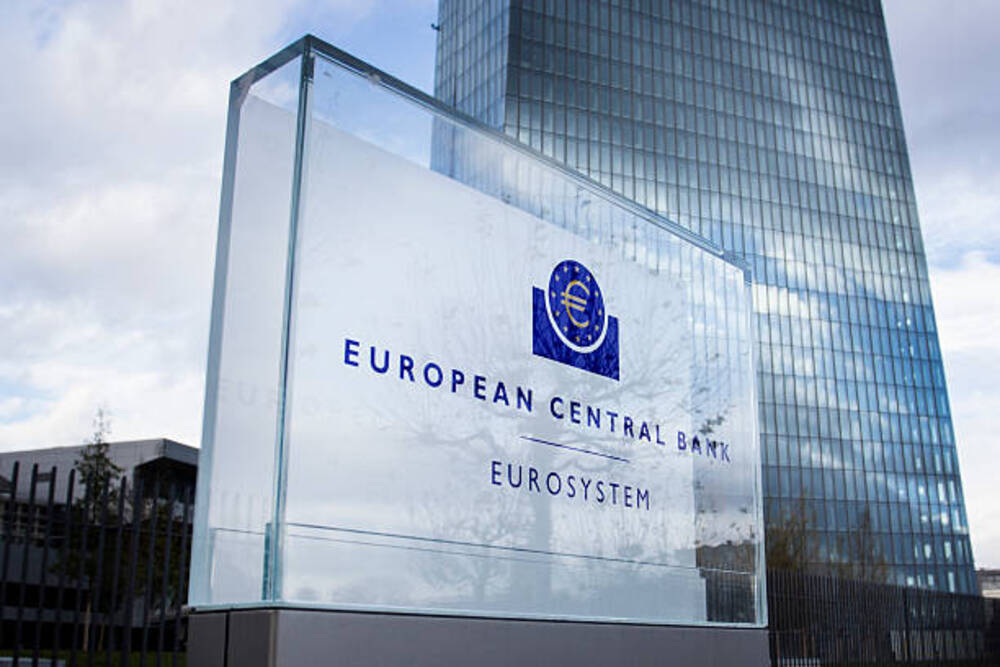Research indicates that the European Central Bank (ECB) could significantly reduce the carbon footprint of its portfolio of corporate bonds. ECB can sell just $54.30 billion of debt from polluting corporations. But economists warn that this could lead to significant market distortions.
The ECB’s environmental goals have come under the spotlight after board member Isabel Schnabel warned this week that the bank must intensify its efforts to reduce its impact on the environment.
Governments should reduce their carbon footprint
However, some central bank policymakers, notably those from the ECB and U.S. Federal Reserve, have stated that addressing climate change is up to governments, not central bankers.
Analysts worry that the ECB’s actions may conflict with the goal of maintaining market stability.
The ECB was supposed to shift its corporate bond holdings into greener assets through fresh bond purchases, according to Schnabel, head of the ECB’s market operations. But new bond purchases have been halted and it will soon curtail the reinvestment as part of its fight against inflation.
According to Schnabel, the ECB must now think about shifting its 345 billion euro portfolio of corporate bonds to greener issuers.
AFII: Too much carbon in a small number of names
If the ECB liquidated just 48.3 billion euros of debt from the 25 worst polluters, according to research from the Anthropocene Fixed Income Institute (AFII), it could reduce the carbon footprint connected with its holdings of corporate bonds by 87%.
These included gas and oil producers, including BP, Shell, TotalEnergies, and Repsol.
Ulf Erlandsson, the creator of AFII, said that there is a very high concentration of carbon in a small number of names. He added that the overall emissions they account for are significant. It is especially true considering the 30–40 megatons of CO2 emitted each year globally.
As part of attempts to stop global warming, financial institutions worldwide aim to minimize the greenhouse gases that the businesses they lend to emit into the atmosphere, but central banks have been more hesitant.
Lagarde wants the green monetary system
However, one of ECB President Christine Lagarde’s goals is to green the monetary system. In 2021, the Bank of England announced intentions to “green” its portfolio of corporate bonds, but a determination to unwind all holdings to combat inflation quickly surpassed these.
The carbon footprint of the ECB’s portfolio is difficult to calculate. Still, according to AFII’s estimations, it is roughly 438 million tons of CO2 annually, which is more than either France or Italy emitted in 2017.
AFII’s assessment is based on the premise that the ECB owns an average of 27% of each outstanding bond issued by Corporate Sector Purchase Program-eligible issuers. The ECB does not publicly reveal how much of any specific bond it owns.
According to some economists, there is the possibility of market distortion if the ECB ever sold so-called “brown bonds” — those issued by heavily polluting corporations in industries like utilities and energy.
It would result in a “huge repricing” of corporate debt, and go against the ECB’s goal of maintaining market stability.
Another argument against selling the bonds is that it would punish polluting enterprises that want to reduce their environmental impact and require funding to do so.
By assigning corporations climate scores based on their goals and climate disclosures as well as their existing performance, the ECB is already tackling that issue.

